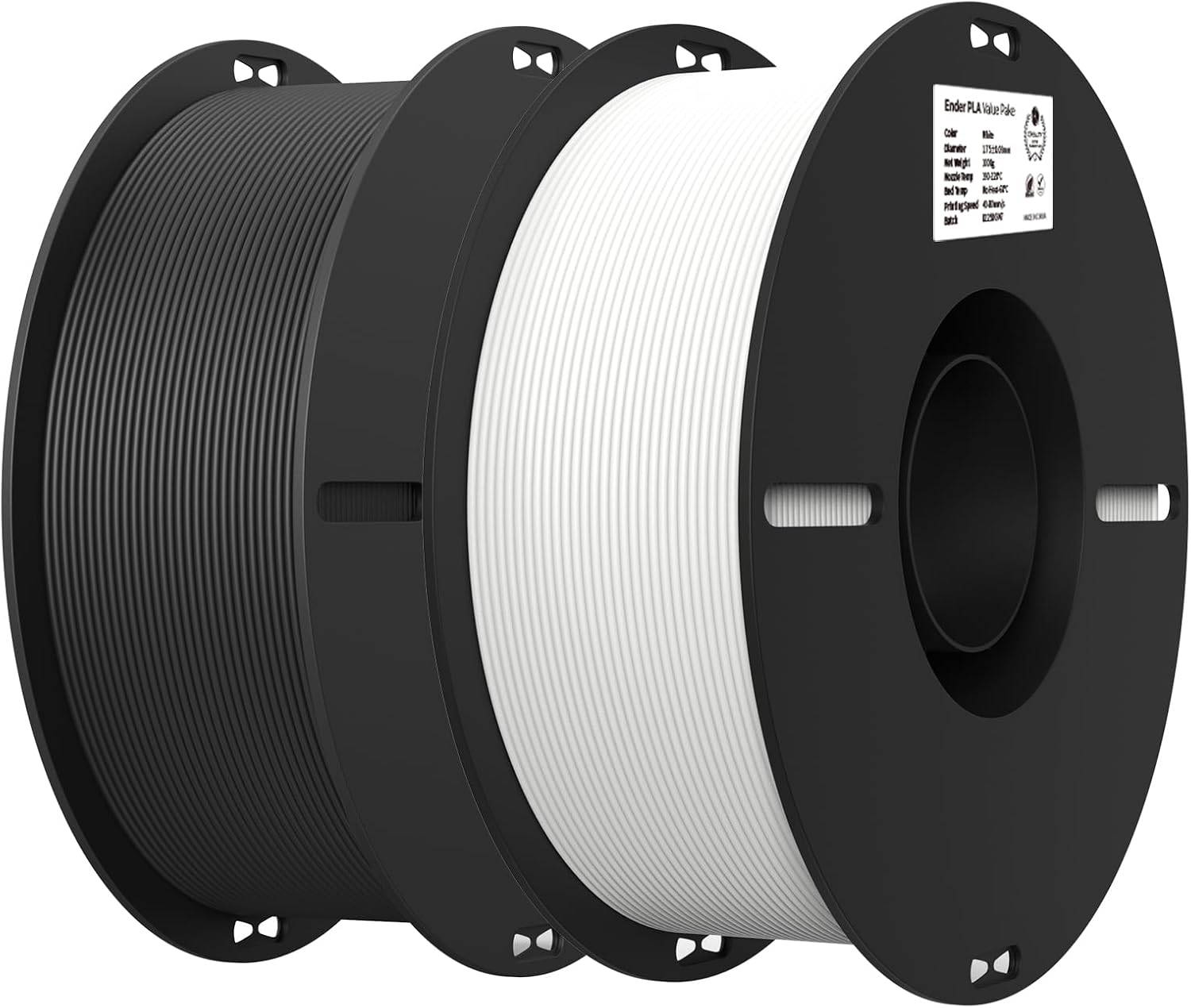3D printing has revolutionized many industries, offering a way to create objects layer by layer. The process starts with 3D printer filament, a thermoplastic feedstock. Making this filament involves turning raw materials like petrochemicals into the thin strands used in 3D printers.
The process begins with melting plastic pellets. These pellets are then extruded into thin strands. After cooling, the strands are packed onto spools, ready for use. There are many types of filament, such as PLA and ABS, each with different properties and uses.
Production of filament needs careful control of temperature and speed to ensure quality. By varying the materials, manufacturers create filaments with specific characteristics like flexibility or strength. This makes it possible to choose the right filament for different printing needs.
Key Takeaways
- Filament is made by melting and extruding plastic pellets.
- Different filaments have unique properties based on their materials.
- Quality control is essential in filament production.
Materials and Properties of 3D Printer Filament
3D printer filament comes in many materials, each with unique properties. These materials impact the strength, flexibility, and durability of the printed objects.
Polymers and Composite Materials
Many 3D printer filaments are made from polymers like PLA, ABS, PETG, TPU, and PC. PLA, or Polylactic Acid, is a biodegradable material made from corn starch. It is popular because it is easy to print and has little odor. ABS, or Acrylonitrile Butadiene Styrene, is durable and impact-resistant but can warp and has a strong odor.
Composite materials mix polymers with additives for special properties. Carbon fiber, wood, and metal fillers can be added to various polymers to improve strength, texture, or appearance. These composites can be harder to print but allow for more variety in the final product.
Specific Characteristics of Filament Types
PLA is known for being eco-friendly and easy to use. It has low heat resistance and might not be as strong as other filaments. ABS is more durable and heat-resistant but can warp and produce fumes during printing.
PETG, or Polyethylene Terephthalate Glycol, is strong, flexible, and resistant to heat. It combines the ease of PLA with the strength of ABS. TPU, or Thermoplastic Polyurethane, is very flexible and is used for items that need to be elastic.
PC, or Polycarbonate, is a tough material that resists heat and impact. It is more difficult to print due to its high melting temperature. Nylon is strong, flexible, and resists wear, but it needs high temperatures and can absorb moisture.
Composite filaments like wood, metal, and carbon fiber add texture, strength, and unique looks to prints. They may require adjustments in printer settings due to their mixed materials.
Production and Usage Considerations
Both manufacturing and practical usage play key roles in how 3D printer filament performs. This section discusses how filaments are made and what factors impact their use in 3D printing.
Manufacturing Processes
3D printer filament starts as raw plastic pellets. These pellets are heated until they melt. While molten, the plastic can be mixed with additives. Additives can improve flexibility, strength, or color.
The molten plastic then goes through an extruder. The extruder shapes the molten plastic into thin, long strands. These strands are cooled and wound onto spools. The typical diameters are 1.75 mm and 2.85 mm. The filament must be exact in size to ensure good print quality.
Different types of filament need different raw materials. PLA, for example, comes from renewable resources like sugar cane. ABS and PETG are synthetic. Each type has its own properties, made to suit various printing needs.
Practical Aspects of 3D Printing with Filaments
Using filament well involves understanding its properties. Each type of filament has a specific printing temperature. For PLA, this is around 180-220°C. ABS needs a higher temperature, about 220-250°C. The bed temperature also matters, often from 60-110°C, to ensure the print sticks to the base.
A heated bed can prevent warping. Cooling is also essential. Good cooling improves print quality, reducing stringing and other issues. Stringing happens when melted filament oozes during travel moves. This can be fixed with proper retraction settings.
Filament storage is crucial. Keeping filament in a dry, cool place helps maintain its quality. Moisture can cause issues like poor print quality. Using a well-ventilated area is also good for health, especially when printing with materials that emit fumes, like ABS.
Frequently Asked Questions
This section answers common questions about how 3D printer filament is made, the materials used, and the different types of filament.
What is the manufacturing process for 3D printing filament?
3D printer filament is made through a process called extrusion. First, plastic pellets are melted. Then, the melted plastic is pushed through a nozzle to form thin strands. These strands are cooled and spooled for use.
What materials are commonly used to produce 3D printer filament?
The most common materials are acrylonitrile butadiene styrene (ABS) and polylactic acid (PLA). Other materials like PETG, TPU, and nylon are also used. Each material has different properties and uses.
How is recycled plastic transformed into 3D printer filament?
Recycled plastic is cleaned and shredded into small pieces. These pieces are melted and then extruded to form new filament. The process is similar to making filament from new plastic.
What are the different types of 3D printer filaments and their applications?
PLA is biodegradable and good for beginners. ABS is strong and used for more durable prints. PETG is both strong and flexible. TPU is flexible, great for bends. Nylon is tough and used for industrial parts.
How is PLA filament specifically produced for 3D printing?
PLA filament is made from cornstarch or sugarcane. These plants are processed to extract lactic acid. The lactic acid is then polymerized to create PLA plastic. This plastic is melted and extruded into filament.
What factors determine the price of 3D printer filament?
Several factors affect the price of filament. The type of material plays a big role. Specialty filaments cost more. The quality of the filament also matters. Higher-quality filaments are more consistent and reliable, which can increase costs.







